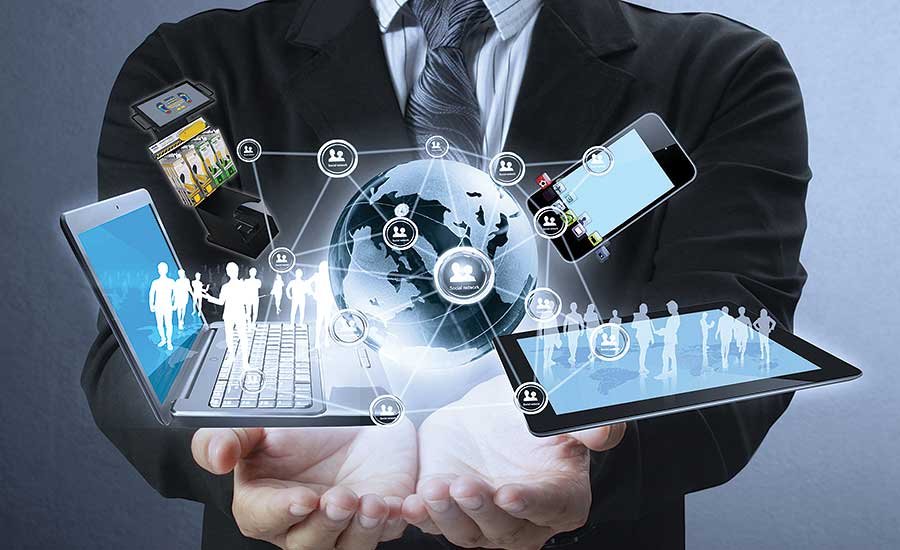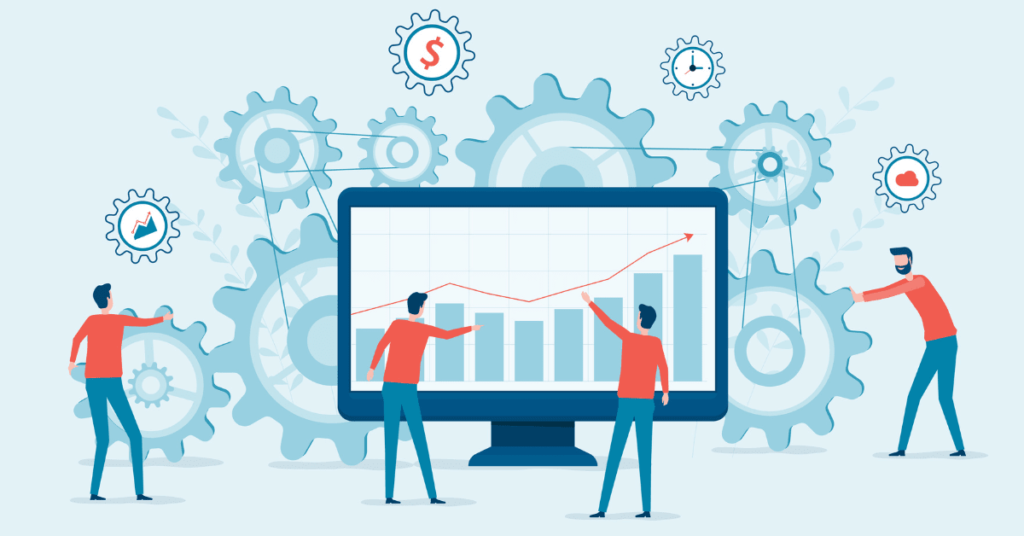The Positive Impact of Modern Workplace Technology

Introduction
In today’s fast-paced world, workplace technology has become an integral part of daily operations in various industries. From improving productivity to fostering a more equitable work environment, the influence of technology in the workplace is undeniable. This article delves into the myriad ways technology in the workplace has revolutionized the modern workplace, the positive impacts it brings, the importance of acceptable use policies for workplace technology, and the emergence of the digital workplace.
The Evolution of Workplace Technology
Over the past few decades, technology in the workplace has evolved at an unprecedented pace. The advent of computers, the internet, and mobile devices has transformed traditional office settings into dynamic hubs of innovation and efficiency. Early forms of workplace technology included basic word processing and email systems. Today, advanced technologies like artificial intelligence (AI), cloud computing, and the Internet of Things (IoT) are integral to many businesses.
Positive Impact of Technology in the Workplace
One of the most significant positive impacts of technology in the workplace is the boost in productivity. Tools like project management software, collaboration platforms, and automation systems streamline tasks, allowing employees to focus on more critical aspects of their jobs. Modern workplace technology has revolutionized communication. Platforms like Slack, Microsoft Teams, and Zoom enable real-time collaboration, regardless of geographic location. This connectivity fosters better teamwork and ensures that everyone is on the same page.
Automation and AI have significantly reduced the time spent on repetitive tasks. For example, customer service bots handle routine inquiries, freeing up human agents to tackle more complex issues. This efficiency not only saves time but also reduces operational costs. The rise of the digital workplace has made remote work more feasible than ever. Cloud-based tools and secure VPNs allow employees to access their work from anywhere, promoting flexibility and work-life balance.
Workplace Equity Technology
Another crucial aspect of technology in the workplace is its role in promoting equity. Workplace equity technology encompasses tools and systems designed to ensure fair treatment and opportunities for all employees. This includes software that tracks diversity metrics, AI-driven recruitment tools that eliminate bias, and platforms that facilitate anonymous reporting of workplace issues. How has new technology affected the modern workplace in terms of equity? By providing data-driven insights and transparency, technology in the workplace helps organizations identify and address disparities. For instance, diversity dashboards can highlight gaps in representation, while AI can assist in crafting inclusive job descriptions that attract a diverse pool of candidates.
Acceptable Use Policies for Workplace Technology

With the proliferation of technology in the workplace, it is essential for organizations to establish acceptable use policies for workplace technology. These policies outline the proper use of company-owned devices, networks, and software to ensure security, compliance, and productivity. Key components of an effective acceptable use policy for workplace technology include clear guidelines that define what constitutes acceptable and unacceptable use of workplace technology. This might include restrictions on personal use during work hours, guidelines for email communication, and rules regarding the installation of third-party software.
Security protocols are vital. Detail the measures employees must take to protect sensitive information, including using strong passwords, encrypting data, and following protocols for remote work. Outline the repercussions for violating the policy, which could range from warnings to termination, depending on the severity of the breach. Technology in the workplace evolves rapidly, and so should your policies. Regularly review and update the acceptable use policy to address new risks and changes in technology.
The Digital Workplace
The concept of the digital workplace goes beyond merely using technology in the workplace. It refers to an integrated ecosystem of tools and platforms that enable seamless collaboration, communication, and productivity in a virtual environment. The digital workplace is characterized by several key features, including unified communication through a single platform that integrates various communication tools, ensuring smooth and efficient interactions.
Cloud-based platforms like Google Workspace and Microsoft 365 offer a suite of applications that allow employees to work together on documents, spreadsheets, and presentations in real-time. With the rise of smartphones and tablets, employees can access work-related information and tools from anywhere, at any time. This mobility is crucial for maintaining productivity in a remote or hybrid work environment. Advanced analytics and reporting tools provide insights into employee performance, project progress, and overall business health. This data-driven approach helps managers make informed decisions and identify areas for improvement.
Modern Workplace Technology
Modern workplace technology encompasses a wide range of tools and systems designed to enhance various aspects of work. Some of the most impactful modern workplace technologies include artificial intelligence (AI), which is transforming how businesses operate. From chatbots that handle customer inquiries to predictive analytics that forecast market trends, AI enhances efficiency and decision-making. The cloud has revolutionized data storage and accessibility. Cloud platforms provide scalable solutions for businesses of all sizes, enabling them to store, share, and access data securely from any location.
IoT devices are increasingly being used in workplaces to monitor and optimize various processes. For example, smart sensors can track equipment performance and energy usage, leading to cost savings and improved efficiency. These immersive technologies are finding applications in training, product design, and remote collaboration. For instance, VR simulations can provide realistic training experiences, while AR can enhance remote support by overlaying digital information onto the physical world.
Conclusion
In conclusion, workplace technology has become a cornerstone of the modern workplace, driving productivity, efficiency, and equity. The positive impacts of technology in the workplace are manifold, from improved communication to enhanced remote work capabilities. However, it is crucial for organizations to establish acceptable use policies for workplace technology to ensure responsible and secure use of technology. As we continue to embrace the digital workplace, the integration of advanced tools and systems will further transform how we work, collaborate, and innovate. By staying informed about the latest developments in modern workplace technology, businesses can remain competitive and create an inclusive, productive, and dynamic work environment.










